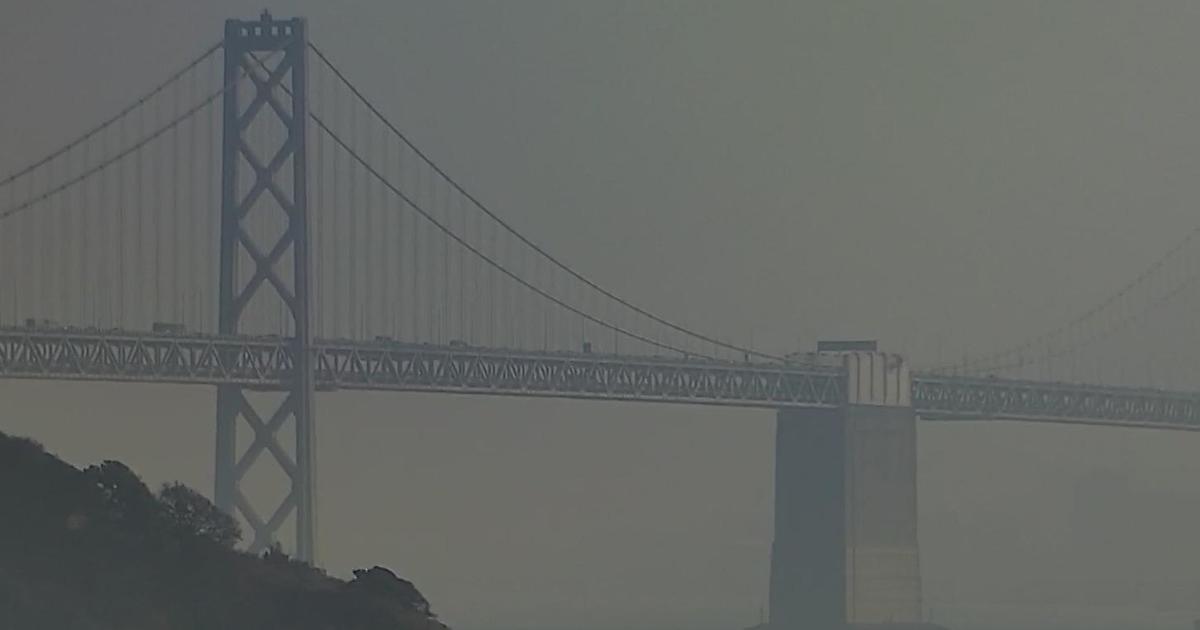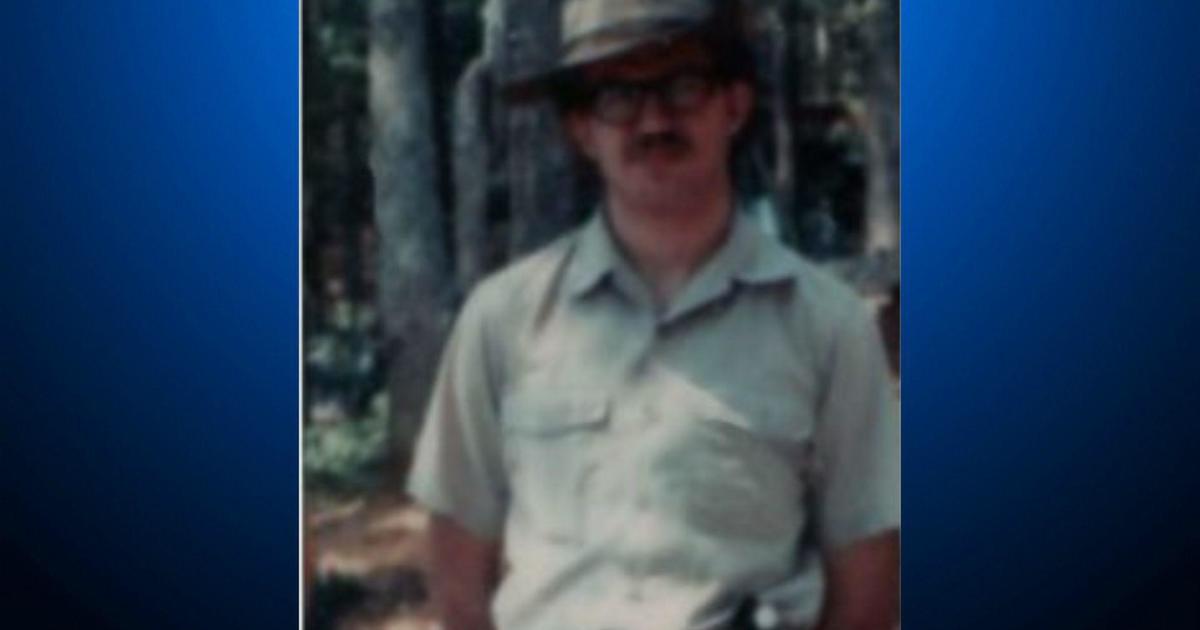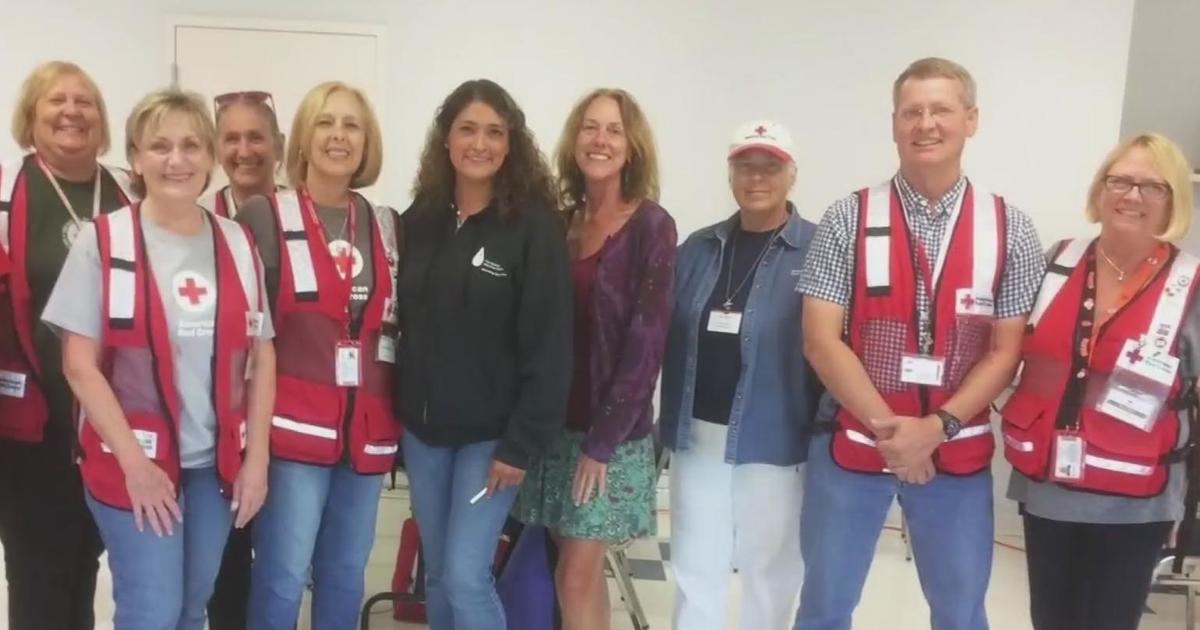Kilauea Volcano: Heed Evacuation Orders, Or You're On Your Own, Mayor Says
(CNN) -- So much for the slow-moving lava. Magma from Hawaii's Kilauea volcano traveled down Highway 132 overnight in Pahoa, forcing evacuations as emergency responders worry residents could be painted into a corner on the east side of the Big Island.
Residents in Kapoho -- including Kapoho Beach Lots and Vacationland -- have been advised to evacuate, according to a Hawaii County Civil Defense Agency message.
It warned that Beach Road, east of Highway 137, was at risk of "possible lava inundation," which could trap residents in the area. Just after 8 a.m., the agency warned "flows are advancing on Highway 137."
Don't roast marshmallows over volcanic vents
Just after midnight, observers said lava fountaining from Fissure 8 was fueling the river of lava flowing down Highway 132. It was moving at an accelerated clip of about 10 yards a minute, much faster than the slow-moving stuff residents had seen earlier. Highway 132 has been closed.
At that rate, the lava, which forced the evacuations of residents along roads north of Highway 132, covered almost a half-mile in 80 minutes, the Hawaii County Civil Defense Agency said.
The pace slowed -- to 3 to 4 yards per minute -- later Wednesday morning and left Highway 132, but was following its "steepest line of descent," which would take it to the Four Corners area, east of Highway 137. Around 1:30 a.m., civil defense warned the lava could reach Beach Road near Four Corners within four to six hours.
Residents were advised to take shelter at the Pahoa Community Center, Keaau Community Center and the Sure Foundation Church. Pets are allowed at the shelters.
Those who decline to evacuate are on their own, with Hawaii County Mayor Harry Kim saying late Tuesday that first responders would cease going door-to-door in dangerous areas once final evacuation orders were issued.
First responders put themselves in danger on Sunday and Monday nights trying to help people who had refused to evacuate, Kim said.
Lava swallowing homes
Though radar hadn't detected any significant bursts of volcanic ash from Halemaumau Crater for several hours late Tuesday, the National Weather Service warned that ash could erupt from Kilauea at any time.
Trade winds will push any ash southwest over Kau District and Highway 11, which could affect the communities of Pahala, Wood Valley, Naalehu and Ocean View.
"With winds spreading ash in the same direction, repeated eruptions will lead to a heavier buildup of ash," the weather service said. "In addition, any ash deposited over the last several days will likely be picked up by local winds, contributing to dusty conditions."
Early Wednesday, 200-foot-high lava flows were raining black pumice rocks onto the ground below and feeding lava flows to the northeast. Particularly concerning was Fissure 20, which was spewing lava southward to the coast.
Authorities estimated Tuesday night that lava had consumed 71 homes on the Big Island, including 20 in the previous two days, Hawaii County Civil Defense Administrator Talmadge Magno told reporters during a news conference in Hilo.
Lava also threatened a geothermal energy conversion plant, which is closed, Magno said.
'That was my house right there'
More than 200 people are staying in emergency shelters.
Leilani Estates resident Steve Gebbie said he lost his home to lava Sunday night. He showed a video of his property engulfed by smoldering black lava.
Standing in a driveway filming the devastation, Gebbie choked up looking at his neighborhood's losses: "My house is gone. That was my house right there. Randy's house is gone. Donna's house is gone."
Dangerous volcanic haze has now drifted some 4,000 miles away to the US territory of Guam, which warned residents with respiratory problems to stay indoors if the haze was visible. The haze could also cause issues for the Mariana Islands.
There's also the danger of "vog," or volcanic smog, on the Big Island. Vog is a haze created when sulfur dioxide gas and other volcanic pollutants mix with moisture and dust. And in addition to volcanic particles that can cause eye, skin and respiratory irritation, residents were warned to be on the lookout for Pele's hair, a reference to the Hawaiian goddess of fire.
Pele's hair is sharp, thin strands of volcanic glass fibers. Pahoa residents reported seeing it fall Monday night.
"Avoid touching it or getting it in your eyes," the Hawaii County Civil Defense Agency said. "It can cause injury to eyes and lungs if breathed in."
'Hawaii is open for business'
George Szigeti, president and CEO of the Hawaii Tourism Authority, said hotels and outfits that offer activities for tourists have reported a drop in bookings as a result of volcanic activity.
But he emphasized that Kilauea is affecting only 10 square miles of the Big Island, which has an area of more than 4,000 square miles. Also, he said, Hilo and the island's resort areas are nowhere near the volcanic activity.
"We've really been trying to clear up some misconceptions and tell people Hawaii is open for business."
The reported drop in hotel and activities bookings comes as the Hawaii Visitors and Convention Bureau reports a significant uptick this month in arrivals to the Big Island, owing largely to an increase in nonstop air service from the US mainland to Hawaii.
© Copyright 2018 CNN. All Rights Reserved. This material may not be published, broadcast, rewritten or redistributed.



